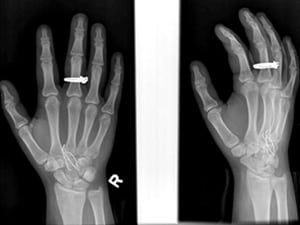By: Viktoria Ines Matibag, MD
Siguro naman nakakita na kayo ng mga pasyenteng nakatubo sa mga drama. Maraming maling konsepto na tinuturo katulad na lamang ng:
- Nagtutubo lamang ang pasyente kapag wala nang pulso,
- Hindi nakakapag salita ang may tubo dahil nga nasa daluyan ito ng hangin,
- Hindi makakahinga ang pasyente kapag may tubo.
Translation: Don't mistake medical drama series in TV for the real thing. Often times, there are specific important details that is missed out in TV that if you missed it out in real life could result to patients getting harmed. These are the common misconceptions about Intubation:
- We only intubate patient if they are already dead or has no pulse
- The patient can't express himself if a patient is intubated
- The patient can't breathe if he/she is intubated because a TUBE is inserted down his THROAT!



